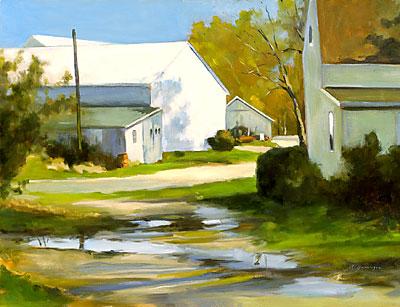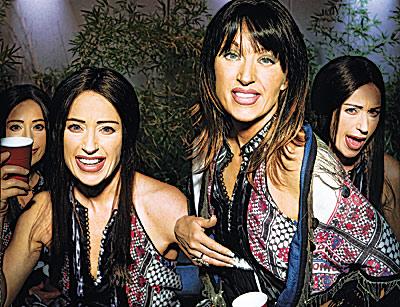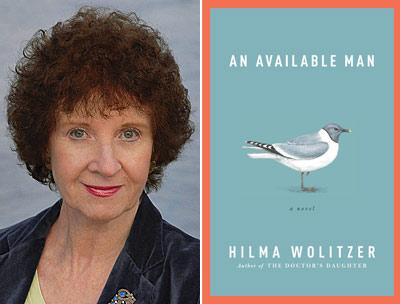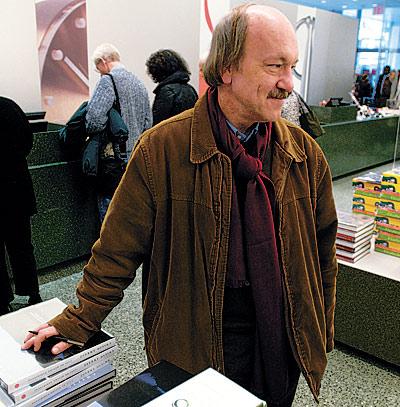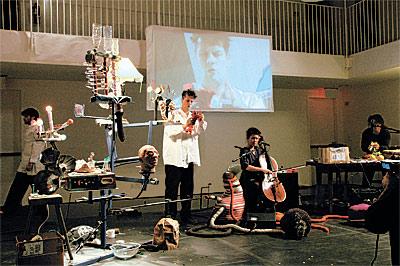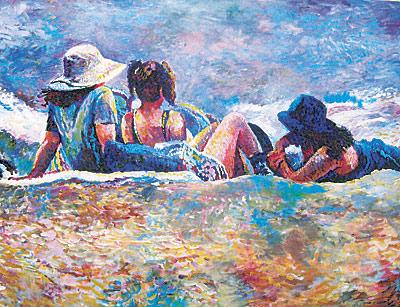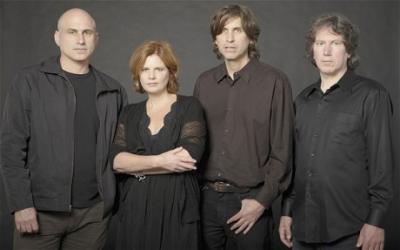Bits And Pieces 03.22.12
Bits And Pieces 03.22.12
St. Luke’s Series Ends
The Music at St. Luke’s series will conclude on Saturday with a solo recital by Daria Rabotkina, a pianist, at 4 p.m. in Hoie Hall at St. Luke’s Episcopal Church in East Hampton.
The program will be: Robert Schumann’s Humoreske, op. 290, Franz Schubert’s Grand Rondeau for four hands in A Major, D. 951 (featuring William McNally), and Sergei Prokofiev’s Romeo and Juliet — Op. 75.
Tickets are $20 and free for students 18 and younger.
New Organist
Dominick J. Abbate, a native of Southampton, has been named organist at the First Presbyterian Church, also known as the Old Whalers Church, in Sag Harbor.
Mr. Abbate began his musical studies when he was 12 at the Southampton Methodist Church. During high school, he served as music director and organist at Queen of the Most Holy Rosary Catholic Church in Bridgehampton and the Bridgehampton Methodist Church.
In Sag Harbor, he will play a pipe organ built in New York City in 1845 by Henry Erben. It is the oldest organ in a church on Long Island. It is one of only 1,200 built by Erben during his career that remain in use in the United States today.
Lois Ross of Southold, who has directed the choir at Old Whalers since 1998 and the bell choir in more recent years, will continue to direct both of them.
Mr. Abbate graduated from Southampton High School in 2007 and received a B.A. in economics, with a minor in anthropology, from the College of the Holy Cross in Worcester, Mass. He plans to join his father at the Brockett Funeral Home in Southampton after he completes studies to become a funeral director.
He played at his first service in Sag Harbor on Sunday.
‘Li’l Abner’ Auditions
The Studio Playhouse at LTV Studios will hold auditions for “Li’l Abner” on April 3 and April 4 from 6 to 8 p.m. at LTV, 85 Industrial Road in Wainscott.
Those auditioning have been asked to take sheet music. An accompanist will be provided. The show will run from June 7 to June 9.
Lightning Strikes
Next Thursday the Parrish Art Museum in Southampton will hold its second Lightning Round evening of rapid-fire presentations by people who may or may not be familiar from the East End. Presenters will have only about seven minutes and 20 slides to describe what it is they do or their creative process. Each slide advances every 20 seconds. A reception will follow, with wine, beer, and music. Admission is $10, $5 for members.
The event was inspired by “pecha kucha,” a short presentation format devised by architects in Japan to present work and exchange ideas. The presenters this time will include farmers, poets, artists, musicians, restaurateurs, and even The Star’s own executive editor, David E. Rattray. Others are Scott Chaskey, Marilee Foster, Esperanza Leon, Kareem Massoud, Ada Potter, Sabina Streeter, Jason Weiner, and Almond Zigmund.
Leslie Close at Madoo
Leslie Close will be the concluding speaker at Sunday’s Madoo Talks series, which has featured a number of garden historians. She will discuss “The History of Gardens and Photography.”
Ms. Close wrote her master’s thesis for her degree at New York University on Mattie Edwards Hewitt, a landscape architectural photographer. She introduced a program in American landscape history at Wave Hill gardens in the Bronx and co-founded the Catalog of Landscape Records in the United States, a database now housed at the New York Botanical Garden. She lives in Bridgehampton, where she tends a large food garden.
Admission is $30, $20 for members. Seating is limited and reservations are requested through [email protected].

